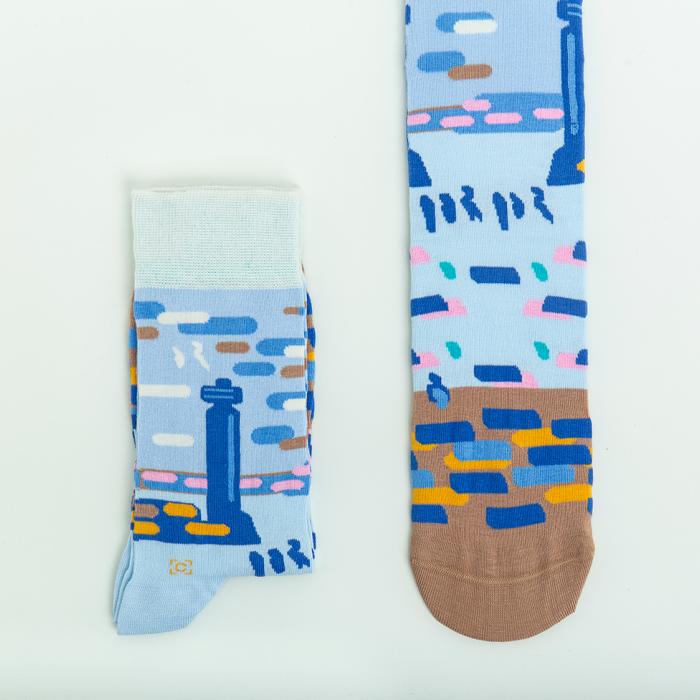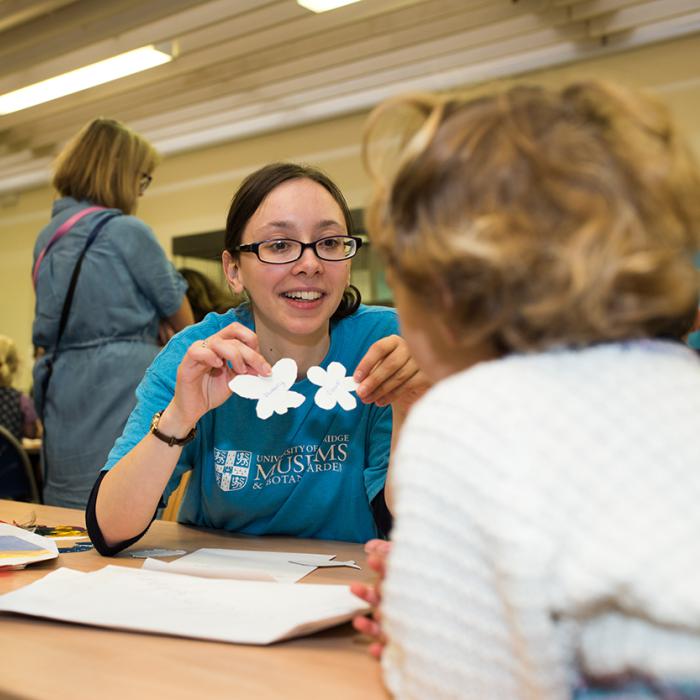Admission is by token, one per person, available at the Courtyard Entrance desk on a first-come first-served basis 30 minutes before the talk. Assisted hearing sets are available.
The portrait miniature is a rare art form that was brought to perfection in Elizabethan and Jacobean England.
Talk takes place from 13.15 – 14.00 in the Seminar Room 35 (space is limited), unless otherwise stated. Admission is by token, one per person, available at the Courtyard Entrance desk on a first-come first-served basis 30 mins before the talk. Assisted hearing sets are available.
Whistler & Nature casts a new light on the work of the great late-Victorian master, James McNeill Whistler. Born in America, but living in the UK for most of his life, he was known as an artist with a bold personality and a revolutionary attitude towards the natural world. Talk by Patricia de Montfort (curator) and Clare Willsdon authors of the book of the exhibition.
Admission is by token, one per person, available at the Courtyard Entrance desk on a first-come first-served basis 30 minutes before the talk. Assisted hearing sets are available.
Admission is by token, one per person, available at the Courtyard Entrance desk on a first-come first-served basis 30 minutes before the talk. Assisted hearing sets are available.
Admission is by token, one per person, available at the Courtyard Entrance desk on a first-come first-served basis 30 minutes before the talk. Assisted hearing sets are available.
Admission is by token, one per person, available at the Courtyard Entrance desk on a first-come first-served basis 30 minutes before the talk. Assisted hearing sets are available.
Admission is by token, one per person, available at the Courtyard Entrance desk on a first-come first-served basis 30 minutes before the talk. Assisted hearing sets are available.
Admission is by token, one per person, available at the Courtyard Entrance desk on a first-come first-served basis 30 minutes before the talk. Assisted hearing sets are available.
Admission by concert programme obtainable from Robinson College from 12.45 onwards. Voluntary collection after each concert. Programmes may be subject to change.
Please note that this concert will take place in Robinson College Chapel, while Gallery 3 of the Fitzwilliam Museum is closed for refurbishment.

